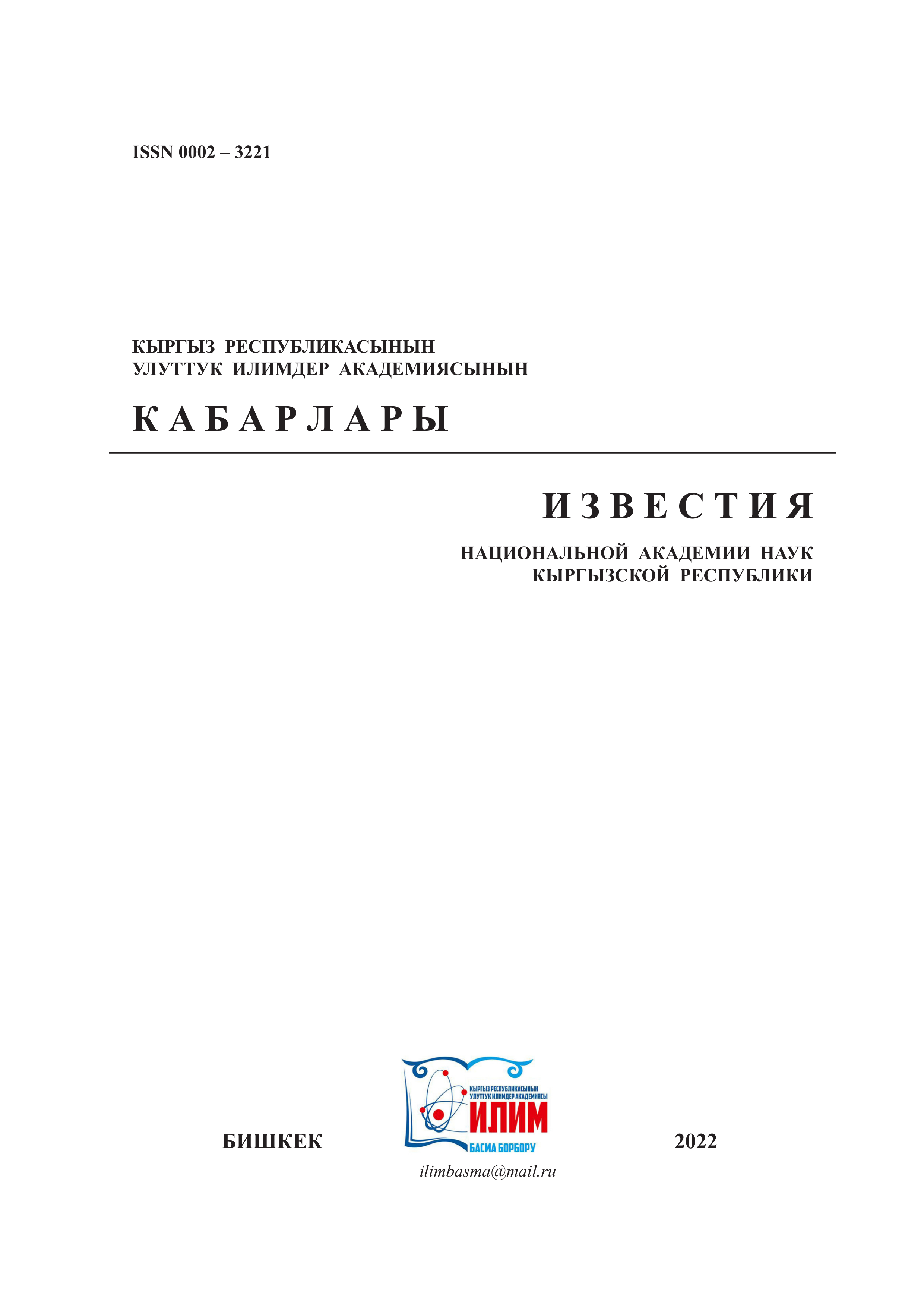THE METHOD OF INTERMITTENT HYPOXIC TRAINING IN THE PREPARATION OF CLIMBERS
Keywords:
anaerobic threshold, oxygen consumption, physical performance, climbers, hypoxia, hypobaric training.Abstract
A methodological approach for the physiological support of climbing teams preparing for ascent, based on the analysis of the literature and our own research, which includes a course of intermittent hypoxic hypobaric training in the conditions of the hypobaric chamber, is proposed. The course of hypoxic training of climbers is proposed to be carried out under conditions of modeling heights of less than 3000 m above sea level, at least 10 ascents lasting 1 hour daily, with pulse oximetry monitoring. In order to control the physical performance and endurance of climbers, it is recommended to perform a cardiorespiratory test on a bicycle ergometer before and after training with an assessment of the maximum power of muscle work, the value of maximum oxygen consumption at peak exercise and the anaerobic threshold. This approach was tested with the participation of a team of 8 climbers (6 men, 2 women) with different ages and levels of training. The comparison of the final indicators of cardiorespiratory tests with the initial ones showed that all climbers retained physical performance and endurance after completing the course of hypoxic training.
References
Luks A.M. Physiology in Medicine: A physiologic approach to prevention and treatment of acute high-altitude illnesses // Journal of Applied Physiology. American Physiological Society. – 2014. – Vol. 118, No 5. – P.509–519.
Bert P. La Pression Barométrique: Recherches De Physiologie Expérimentale. – Paris: Masson, 1878.
Меерсон Ф.З., Пшенникова М.Г. Адаптация к стрессорным ситуациям и физическим нагрузкам. – Мо- сква: Медицина, 1988. – 252с.
Woods D.R. et al. Markers of physiological stress during exercise under conditions of normoxia, normobaric
hypoxia, hypobaric hypoxia, and genuine high altitude // Eur. J. Appl. Physiol. – 2017. – Vol.117, No 5. – P. 893–900.
Левшин И.В. и др. Физиологические закономерности гипоксических воздействий на функциональное
состояние системы внешнего дыхания спортсменов в спорте высших достижений // Ученые записки университета им. П.Ф. Лесгафта. – 2010. – Т.67, No 9. – С. 62–66.
Kim S.-H. et al. Effects of 2-week intermittent training in hypobaric hypoxia on the aerobic energy metabolism and performance of cycling athletes with disabilities // J Phys Ther Sci. – 2017. – Vol. 29, No 6. – P.1116–1120.
Rodríguez F.A. et al. Performance of runners and swimmers after four weeks of intermittent hypobaric hypoxic exposure plus sea level training // J. Appl. Physiol. – 2007. – Vol.103, No 5. – P.1523–1535.
Levine B.D. Intermittent hypoxic training: fact and fancy // High Alt. Med. Biol. – 2002. – Vol. 3, No 2. – P.177–193.
Ганапольский В.П. и др. Повышение физической работоспособности спортсменов на основе интер-
вальной гипоксической тренировки // Теория и практика физической культуры. – 2019. – No 10. – С.18–19.

